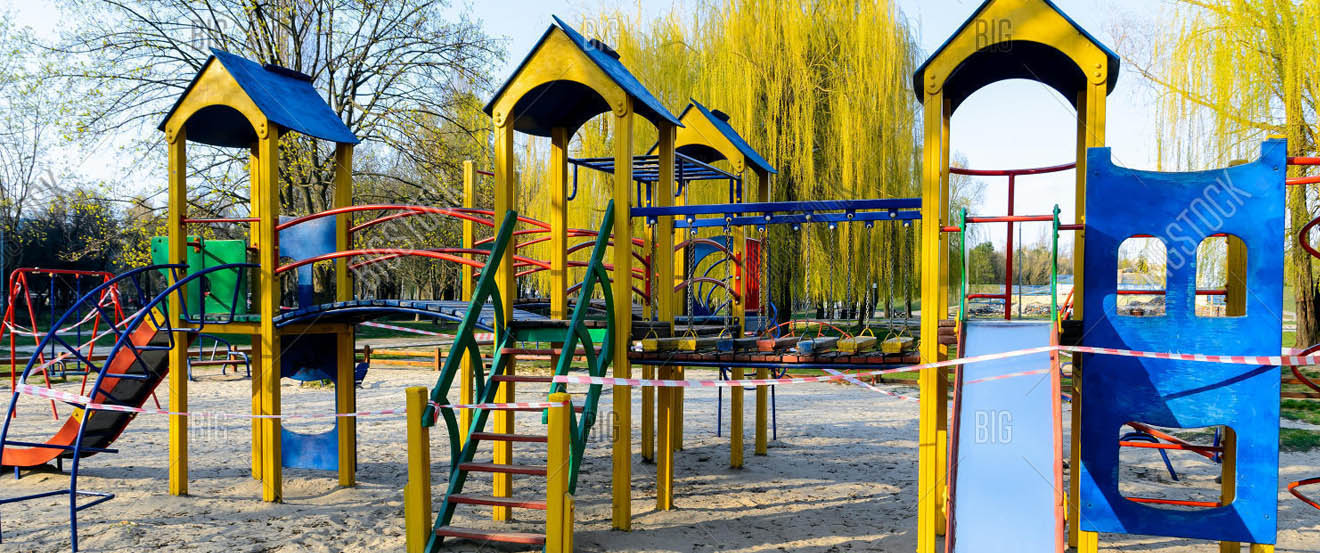No products in the cart.

The Decline of Children Playing in Parks and Playgrounds: Causes and Solutions
In recent years, a notable decline in the number of children playing in parks and playgrounds has been observed. This trend has raised concerns among parents, educators, and public health officials, given the numerous physical, social, and mental health benefits associated with outdoor play. Understanding the reasons behind this decline and exploring potential solutions is crucial for reversing this trend and ensuring the well-being of future generations.
Potential Causes of the Decline
- Increased Screen Time: One of the primary factors contributing to the decline is the rise of digital technology. With the proliferation of smartphones, tablets, and gaming consoles, children are increasingly spending more time indoors engaging with screens. This shift in leisure activities has significantly reduced the time spent outdoors.
- Parental Concerns and Safety: Growing concerns about safety, including fears of accidents, bullying, and stranger danger, have led many parents to restrict their children’s outdoor activities. This heightened sense of vigilance often results in children being kept indoors or under close supervision, limiting their freedom to play in parks and playgrounds.
- Structured Schedules: The modern trend towards highly structured schedules for children, filled with extracurricular activities, academic tutoring, and organized sports, leaves little room for unstructured playtime. The emphasis on academic and skill development often overshadows the importance of free play.
- Urbanization and Lack of Facilities: In many urban areas, the availability of safe and accessible parks and playgrounds is limited. Rapid urbanization has led to the development of residential and commercial spaces at the expense of recreational areas, reducing opportunities for children to engage in outdoor play.
- Weather and Environmental Concerns: Extreme weather conditions and concerns about pollution also deter outdoor activities. Parents may be reluctant to let their children play outside during excessively hot, cold, or polluted days.
Solutions to Encourage Outdoor Play
- Promote Screen-Free Time: Encouraging families to designate specific times of the day as screen-free can help increase outdoor activities. Campaigns and programs that raise awareness about the benefits of reducing screen time and the joys of outdoor play can be instrumental.
- Enhance Safety Measures: Improving the safety of parks and playgrounds can alleviate parental concerns. This can include better maintenance of equipment, increased presence of security personnel, and community watch programs. Creating a safer environment will make parents more comfortable allowing their children to play outside.
- Integrate Play into Schedules: Schools and communities can play a significant role by integrating more unstructured playtime into daily schedules. After-school programs, community events, and recess periods dedicated to free play can provide children with regular opportunities to engage in outdoor activities.
- Invest in Infrastructure: Municipalities and local governments should prioritize the development and maintenance of parks and playgrounds. Ensuring that these spaces are accessible, safe, and well-maintained can encourage more families to use them. This includes providing inclusive equipment that accommodates children of all abilities.
- Environmental Initiatives: Addressing environmental concerns such as pollution can make outdoor spaces more appealing. Efforts to reduce air pollution, create green spaces, and implement weather-appropriate play areas (e.g., shaded areas for hot climates) can enhance the attractiveness of parks and playgrounds.
- Community Engagement: Building a sense of community around local parks can foster a supportive environment for outdoor play. Organizing community events, playdates, and outdoor activities can create a vibrant and welcoming atmosphere, encouraging more families to participate.
The decline in the number of children playing in parks and playgrounds is a multifaceted issue requiring a comprehensive approach. By addressing the root causes and implementing targeted solutions, communities can work towards creating environments that promote and facilitate outdoor play. The benefits of such efforts are far-reaching, contributing to the physical, mental, and social well-being of children, and fostering a healthier, more active future generation.
